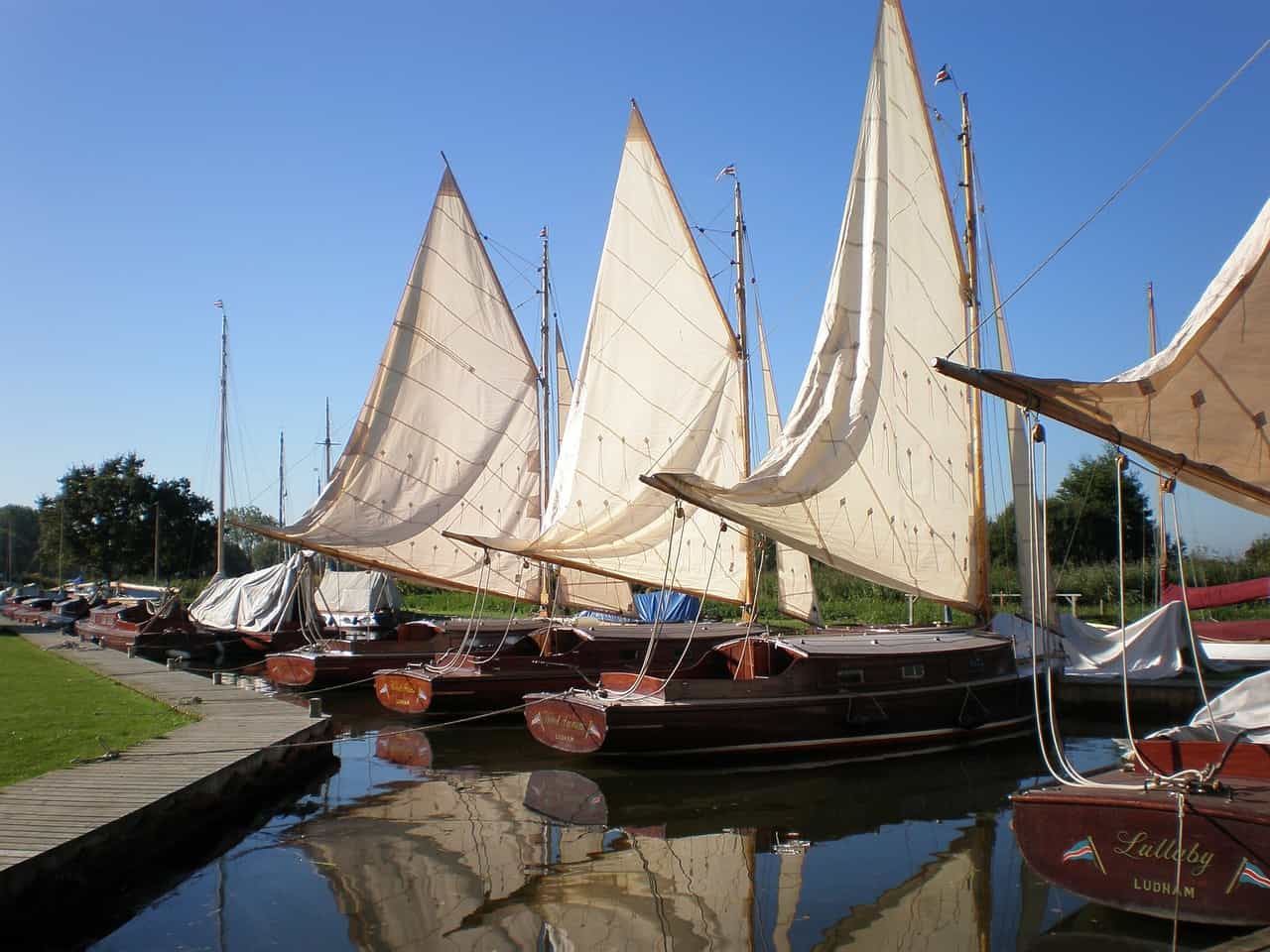The Norfolk Broads, with its meandering waterways, diverse wildlife, and tranquil beauty, is a haven for boating enthusiasts and nature lovers alike. To fully appreciate and navigate this unique landscape, a reliable map of The Broads is essential. In this blog post, we will delve into the importance of having a comprehensive Broads map and how it can enhance your experience of this enchanting region.
The Broads Map
Blog Post Content

The Broads Map
The Norfolk broads map
Certainly! The Norfolk Broads is a network of rivers, lakes, and waterways located in Norfolk and Suffolk, England. It covers an area of approximately 303 square kilometers (117 square miles). While I can’t provide a visual representation, I can explain the key features you’ll find on a typical Broads map:
- Waterways: The map will display the intricate network of rivers, lakes, and broads (broad is a local term for a lake or large stretch of water) that make up the Norfolk Broads. These waterways wind through the countryside, offering opportunities for boating, fishing, and wildlife observation.
- Towns and Villages: The map will identify the towns and villages situated within or near the Broads, such as Wroxham, Horning, Beccles, and Potter Heigham. These locations often serve as starting points for boat hire and provide amenities for visitors.
- Bridges and Locks: The map will indicate the locations of bridges and locks along the waterways. Bridges allow for passage over the rivers and broads, while locks are used to manage water levels and facilitate navigation.
- Nature Reserves and Wildlife Areas: The map may highlight nature reserves and protected areas within the Broads, such as Hickling Broad, Barton Broad, and How Hill Nature Reserve. These areas are home to a diverse range of flora and fauna and provide opportunities for birdwatching and nature walks.
- Moorings and Boatyards: The map will show the locations of moorings and boatyards, where you can hire or moor your own boat. These facilities provide access to the waterways, and some may offer additional services like fuel, supplies, and boat maintenance.
Remember that there are numerous maps available, both online and in printed form, that provide detailed information about the Norfolk Broads. These maps will vary in terms of scale, level of detail, and additional information included. It’s a good idea to obtain a reliable and up-to-date map before your visit to ensure you have a comprehensive understanding of the area and can plan your exploration effectively.
Where in the UK are the Broads?
The Norfolk Broads is located in the East of England, primarily in the county of Norfolk. The Broads also extend into parts of Suffolk. The region is approximately 120 miles northeast of London, making it easily accessible for visitors from the capital and other parts of the UK. The Norfolk Broads cover an area of approximately 303 square kilometers (117 square miles), offering a beautiful and tranquil waterway network for boating, wildlife observation, and outdoor recreation.
What is Broads famous for?
The Broads is famous for several reasons, attracting visitors from around the world. Here are some of the aspects that contribute to its fame:
- Natural Beauty: The Norfolk Broads is renowned for its breathtaking natural beauty. The landscape consists of meandering rivers, tranquil lakes (known as broads), reed beds, and lush marshes. The combination of waterways and unspoiled countryside creates a picturesque setting that appeals to nature lovers, photographers, and artists.
- Boating and Waterways: The Broads is synonymous with boating and is one of the most popular boating destinations in the UK. The extensive network of navigable rivers and broads provides ample opportunities for boating, sailing, and canoeing. Visitors can hire motor cruisers or sailboats to explore the waterways and enjoy a unique perspective of the region.
- Wildlife and Nature: The Broads is home to a diverse range of wildlife and is recognized as an important ecological area. It is particularly famous for its birdlife, including rare species such as the bittern and marsh harrier. The region’s nature reserves and protected areas provide habitats for numerous plant and animal species, offering fantastic opportunities for birdwatching and wildlife observation.
- Fishing: The Broads is renowned for its excellent fishing opportunities. Anglers visit the region to catch species such as pike, bream, roach, and perch. The broads and rivers provide a variety of fishing spots and fishing boat hire options for enthusiasts of all levels.
- Traditional Windmills: The Norfolk Broads is famous for its traditional windmills that dot the landscape. These iconic structures serve as a reminder of the area’s rich history and its reliance on wind power for grinding corn and draining the marshes.
- Idyllic Towns and Villages: The Broads is home to charming towns and villages that exude a sense of tranquility and timeless beauty. Places like Wroxham, Horning, and Beccles offer picturesque waterfronts, historic buildings, quaint shops, and welcoming pubs, attracting visitors who seek a relaxed and idyllic atmosphere.
Overall, the Norfolk Broads is famous for its natural landscapes, boating opportunities, wildlife, and the sense of serenity it offers. It is a destination that captivates visitors with its timeless charm and provides an escape from the hustle and bustle of modern life.
